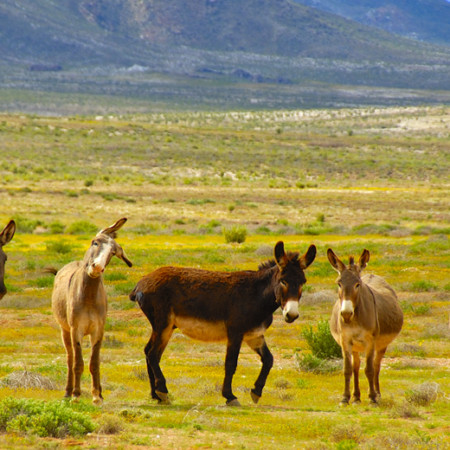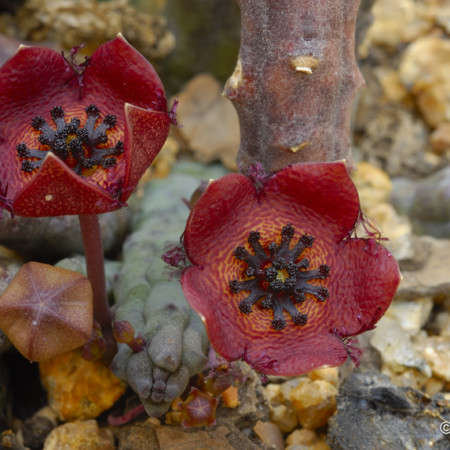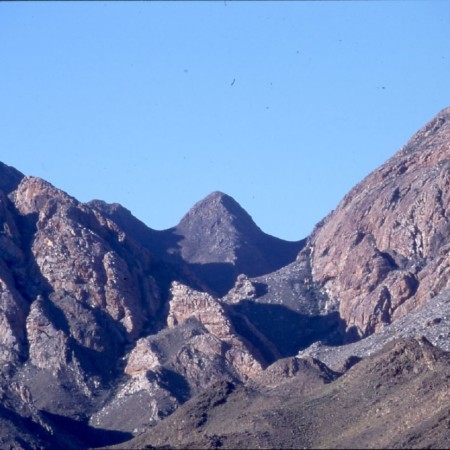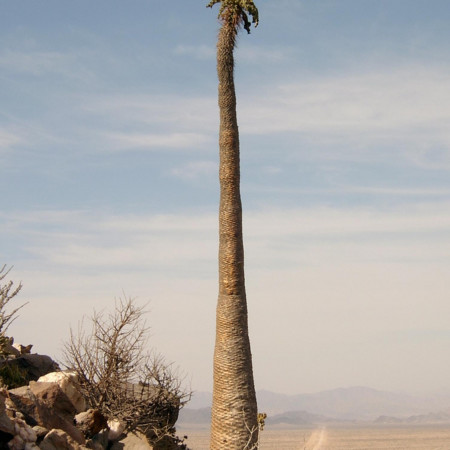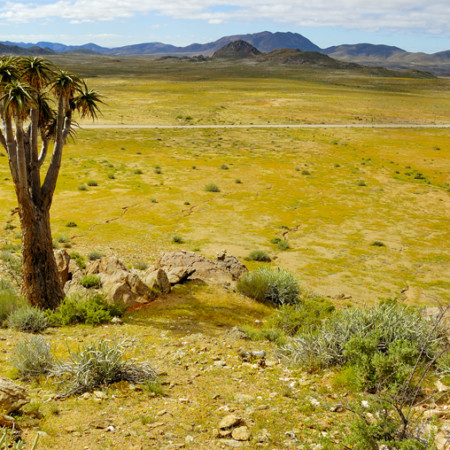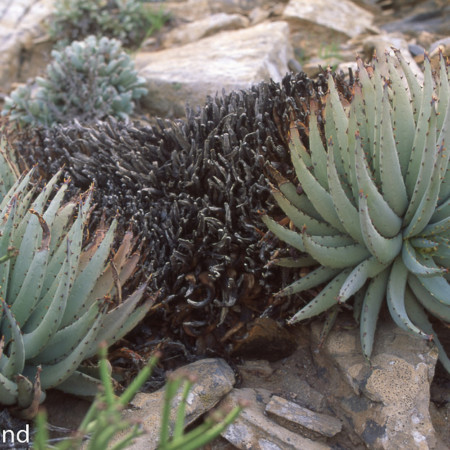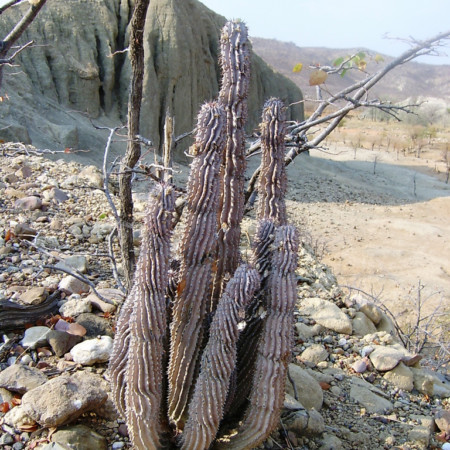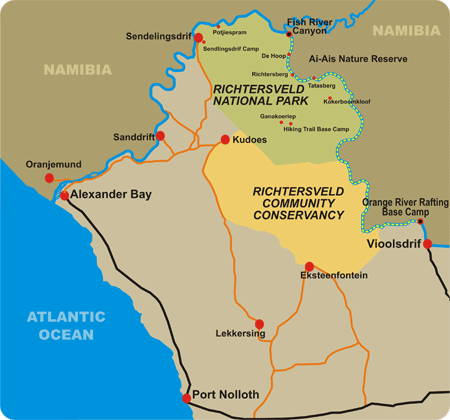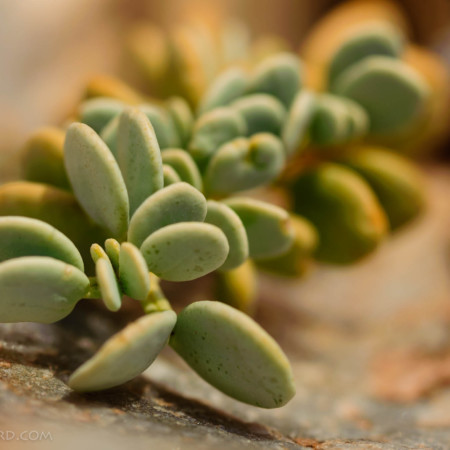(Photograph = Albuca sp, Paul Godard)
Introduction
The Richtersveld is a rugged desert area South Africa’s Namaqualand, the remote area that borders Namibia. In South Africa the Richtersveld is cut by canyons and dotted with mountains. Rain is rare and temperatures can reach 120F.
The Details
The Richtersveld is a varied area that stretches from the coast of the South Atlantic Ocean to the banks of the Orange River. Though thought of as a South African feature, the Richtersveld is a large area that spills over into Namibia. Tucked in South Africa, within the overall Richtersveld, is the Richtersveld World Heritage site.
The Richtersveld provides oases of life in a hostile zone. One of the most significant ecological features of the Richtersveld is the sheer number of succulent plant species and their endemism. For instance, Aloe pillansii, which can grow up to 25-ft tall is endemic to the Richtersveld. The Richtersveld is part of a larger center of plant endemism and thus many of its plant species are found nowhere else. The rate of endemism is impressive but always increasing as new species are discovered year after year.
The Richtersveld includes three life biomes: Desert, Succulent Karoo, and Fynbos—which are all divided into many sub-categories of habitats depending upon soils, aspect, and elevation, etc. The flora of the Richtersveld has evolved multiple mechanisms and facilities to allow it to exist in the many microhabitats. The methods used by plants for conserving and collecting water, shielding from the sun, finding pollinators, and protecting from high winds are seen in the physiology, range and relationship between species and their specific microenvironment.
Additional reading: The Lost World of the Richtersveld

